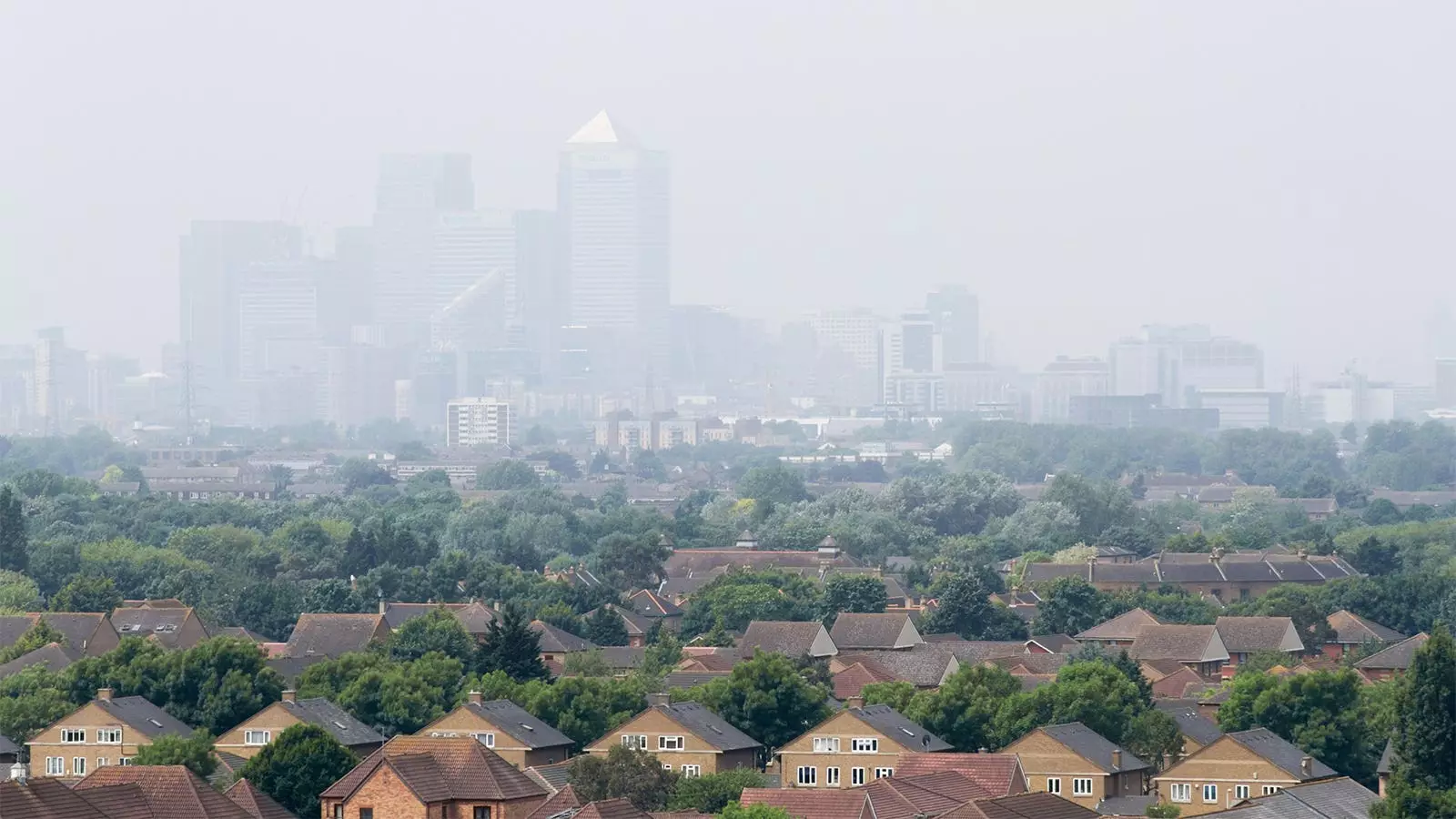Recent studies have brought to light the connection between air pollution and the development of inflammatory skin diseases, such as psoriasis and systemic lupus erythematosus. Researchers have found that exposure to pollutants like PM2.5, PM10, nitrogen dioxide (NO2), and nitrogen oxides (NOx) can significantly increase the risk of these conditions. While the exact mechanism is still unclear, it is believed that particulate matter and nitrogen oxides contribute to systemic inflammation, which in turn heightens the likelihood of chronic diseases affecting various organ systems in the body.
The data collected from the U.K. Biobank program revealed that individuals exposed to higher levels of pollutants had a 19% to 47% greater risk of developing psoriasis. This risk was further amplified in individuals with a high genetic predisposition to the disease. The study also found a similar association between systemic lupus erythematosus and pollution exposure, emphasizing the broad impact of air pollution on inflammatory conditions.
The findings of these studies raise concerns about the detrimental effects of air pollution on skin health and overall well-being. There is a pressing need for effective interventions to mitigate pollution levels and protect individuals from the adverse effects associated with inflammatory skin diseases. While reducing pollution at a societal level is ideal, clinicians may also explore medical interventions to help high-risk patients.
Further research is warranted to understand the interplay between genetic factors, environmental exposures, and the development of inflammatory skin diseases. Investigating gene-environment interactions with air pollution could provide valuable insights into potential preventive and therapeutic strategies. Novel treatments targeting specific pathways affected by pollution exposure may offer promise in managing these conditions.
Despite the growing body of evidence linking air pollution to inflammatory skin diseases, practical approaches to prevention remain limited. Clinicians face challenges in recommending protective measures to patients, as the efficacy of interventions like topical moisturizers and protective clothing is uncertain. Balancing the need for sun exposure for skin health with the risks posed by pollution adds another layer of complexity to disease management.
The association between air pollution and inflammatory skin diseases highlights the urgent need for public health initiatives to address environmental factors contributing to these conditions. While the scientific community continues to investigate the mechanisms underlying pollution-induced inflammation, clinicians must remain vigilant in monitoring and managing skin diseases in a polluted world. Collaborative efforts across disciplines are essential to develop innovative solutions for protecting individuals from the harmful effects of pollution on skin health.


Leave a Reply